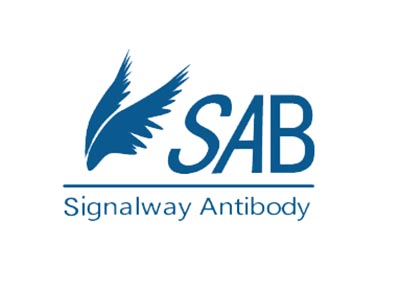Product Detail
Product Namebeta Amyloid 1-42 Antibody FITC Conjugated
Host SpeciesRabbit
ClonalityPolyclonal
IsotypeIgG
PurificationPurified by Protein A.
Applications Flow-Cyt ICC IF
Species ReactivityHu Ms Rt
Immunogen DescKLH conjugated synthetic peptide aa 672-713 770 of human beta-Amyloid(1-42)
Target Namebeta Amyloid 1-42
ConjugateFITC
Excitation Emission494nm 518nm
Other NamesAAA; AD1; PN2; ABPP; APPI; CVAP; ABETA; PN-II; CTFgamma; Amyloid beta A4 protein; APP; Alzheimer disease amyloid protein; Cerebral vascular amyloid peptide; PreA4; Protease nexin-II; A4
Accession NoSwiss-Prot#P05067
NCBI Gene ID351
Uniprot
P05067
Gene ID
351;
Concentration1mg ml
Formulation0.01M TBS(pH7.4) with 1% BSA, 0.03% Proclin300 and 50% Glycerol.
StorageShipped at 4˚C. Store at -20˚C for one year. Avoid repeated freeze/thaw cycles.
Application Details
Flow-Cyt=1:50-200 ICC=1:50-200 IF=1:50-200
The cerebral and vascular plaques associated with Alzheimer's disease are mainly composed of Amyloid beta peptides. beta Amyloid is derived from cleavage of the Amyloid precursor protein and varies in length from 39 to 43 amino acids. beta Amyloid [1-40], beta Amyloid [1-42], and beta Amyloid [1-43] peptides result from cleavage of Amyloid precursor protein after residues 40, 42, and 43, respectively. The cleavage takes place by gamma-secretase during the last Amyloid precursor protein processing step. beta Amyloid [1-40], beta Amyloid [1-42], and beta Amyloid [1-43] peptides are major constituents of the plaques and tangles that occur in Alzheimer's disease. beta Amyloid and peptides have been developed as tools for elucidating the biology of Alzheimer's disease.
If you have published an article using product C00081F, please notify us so that we can cite your literature.



 15 business days.
15 business days.



